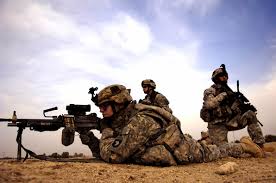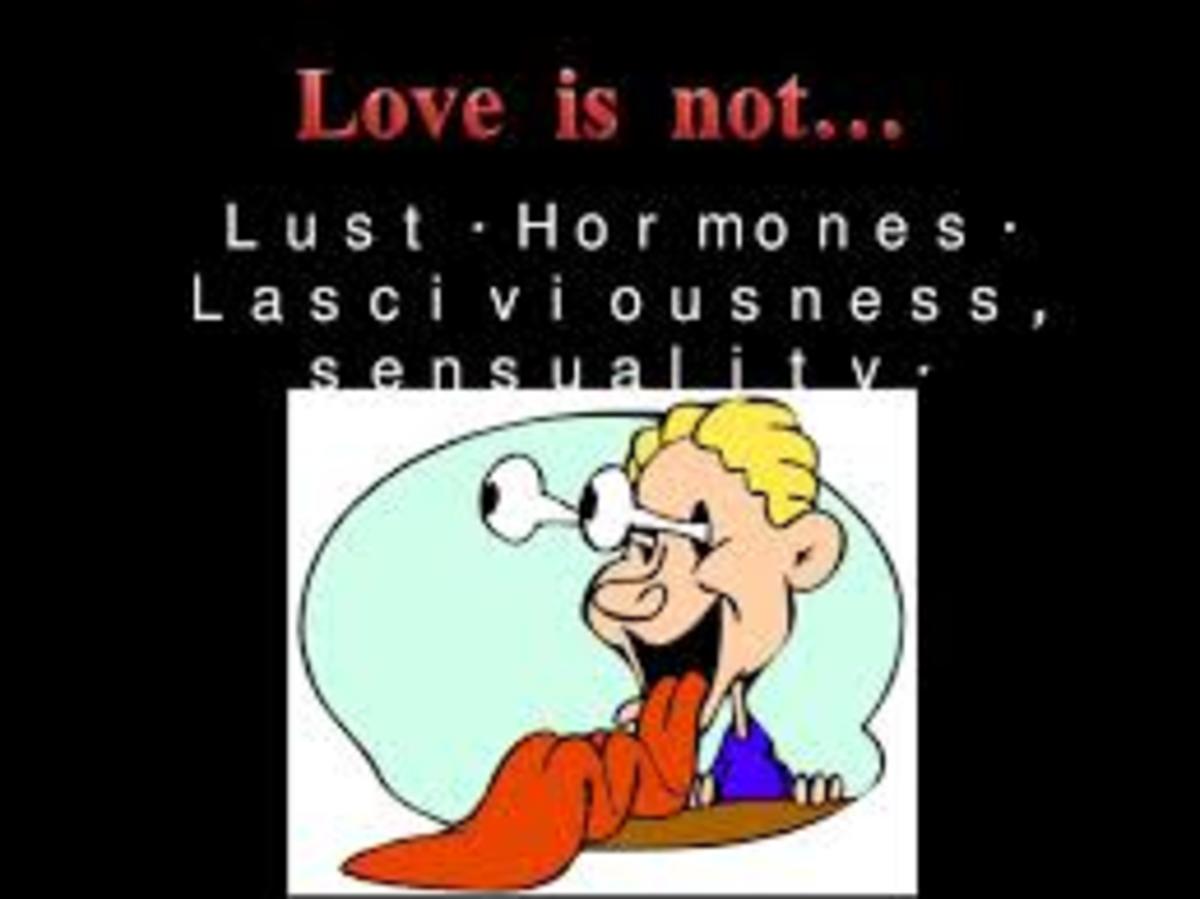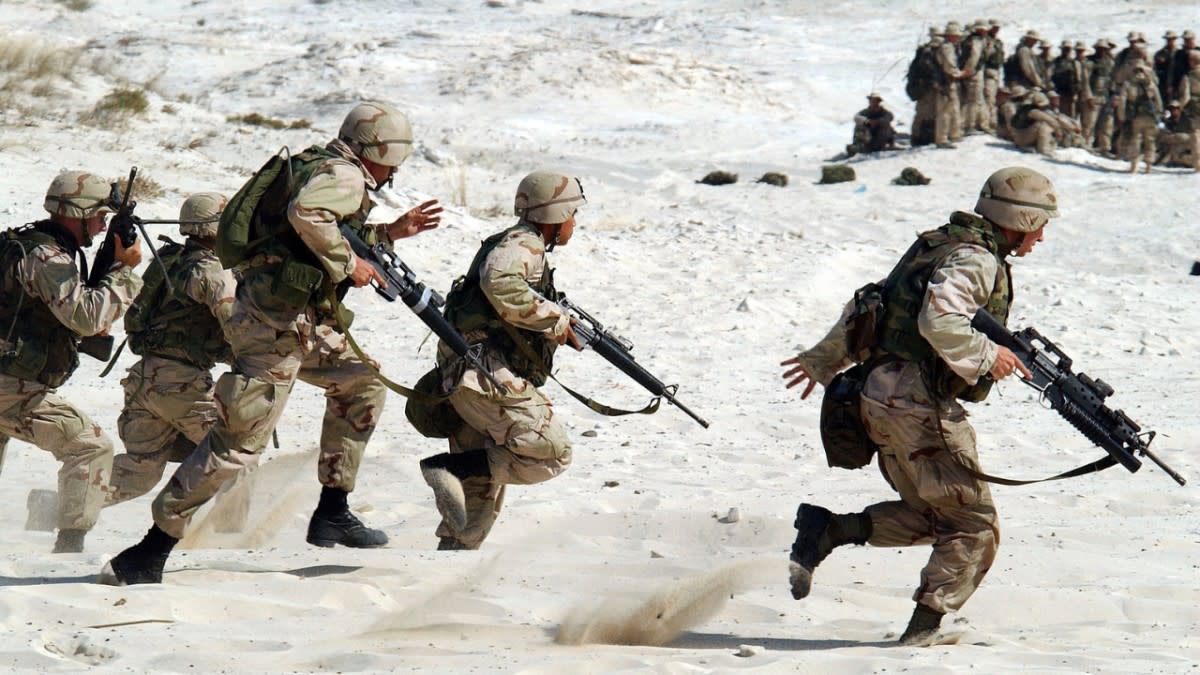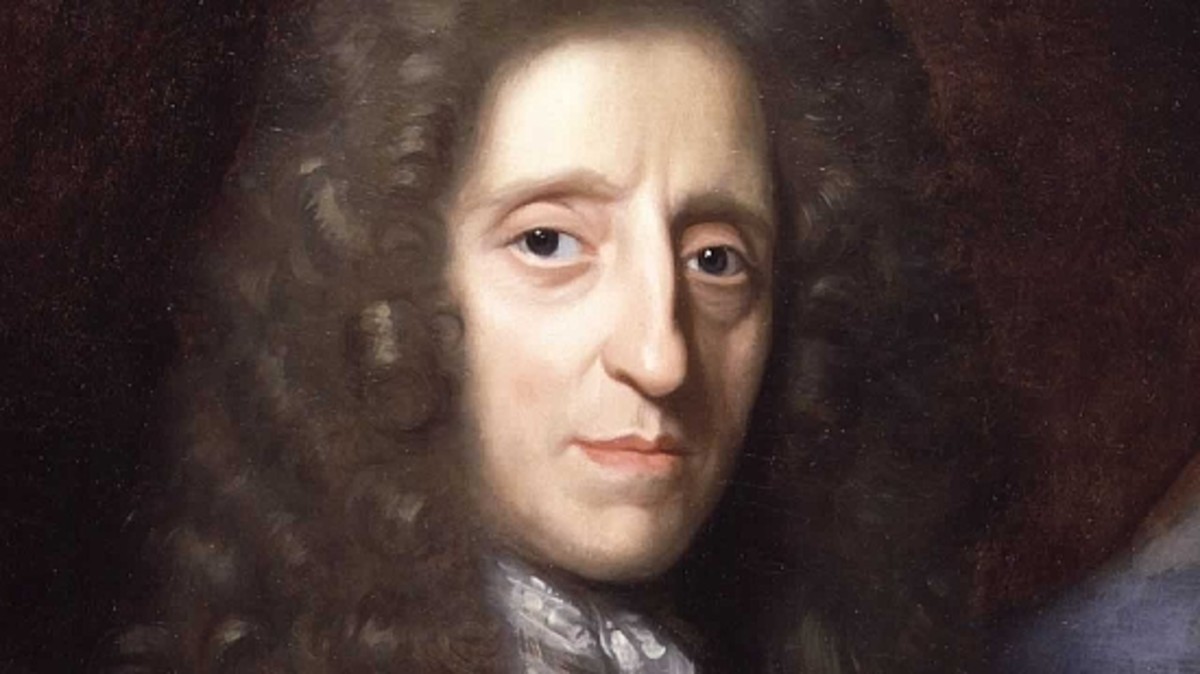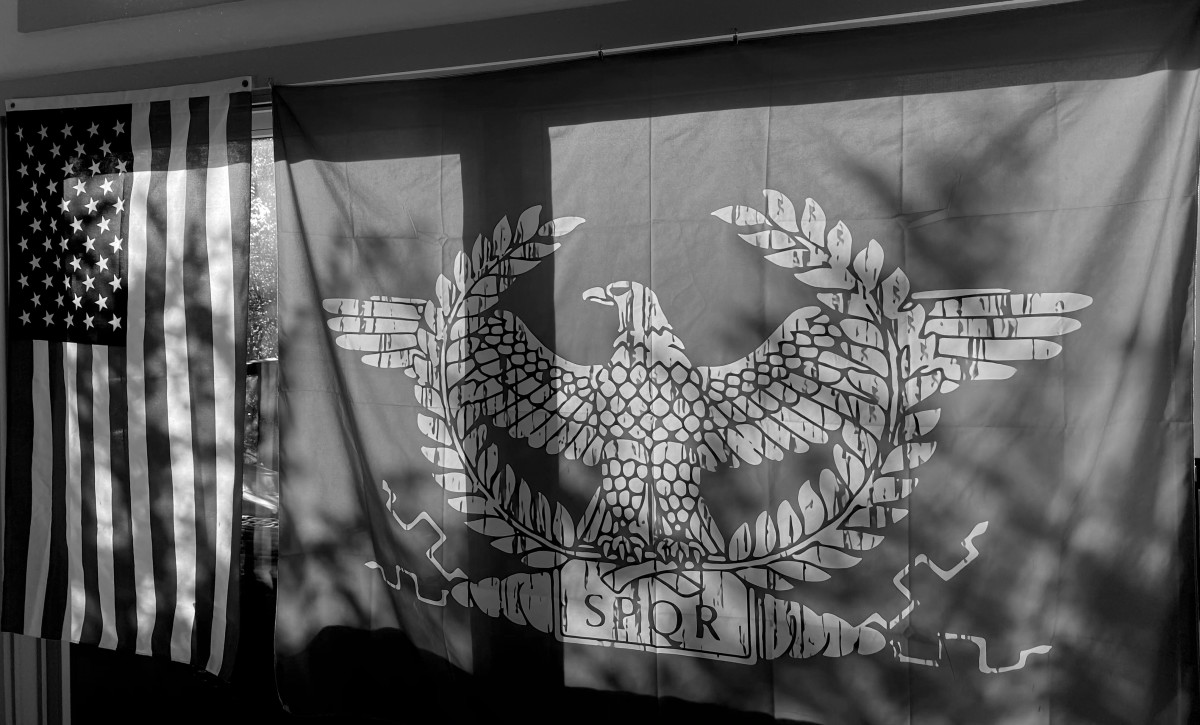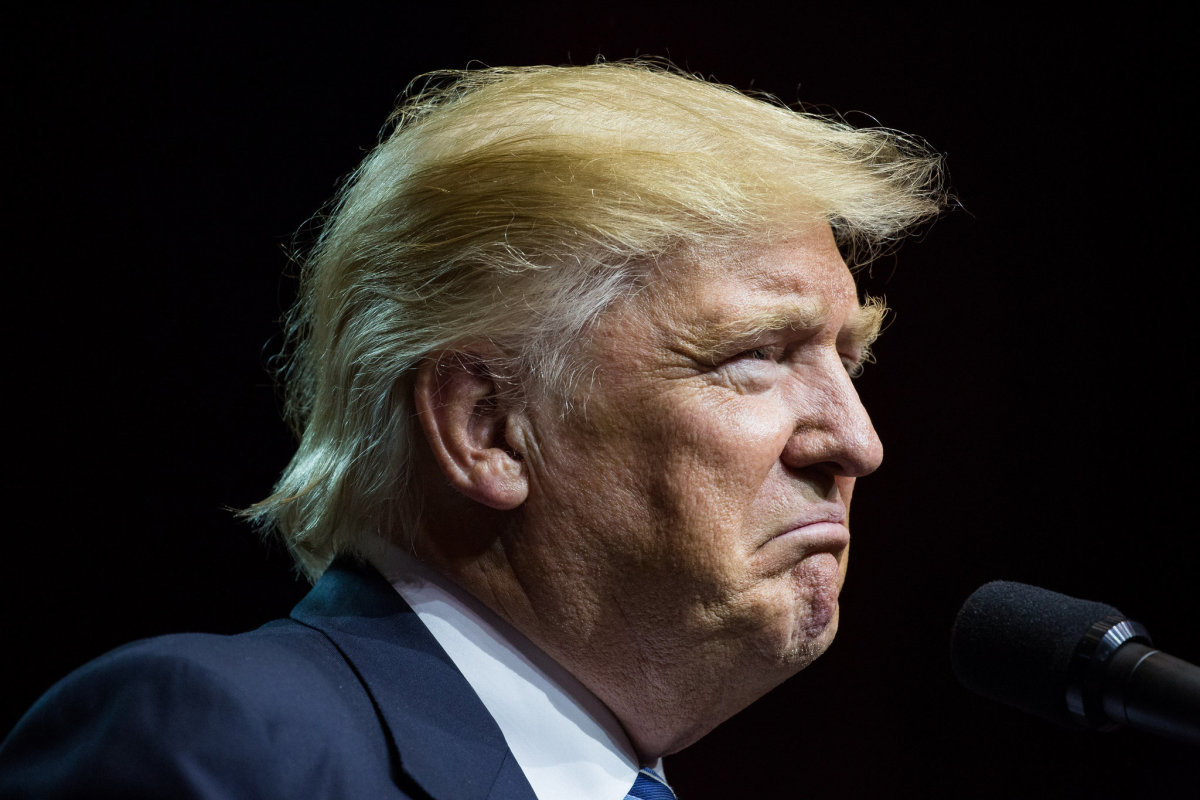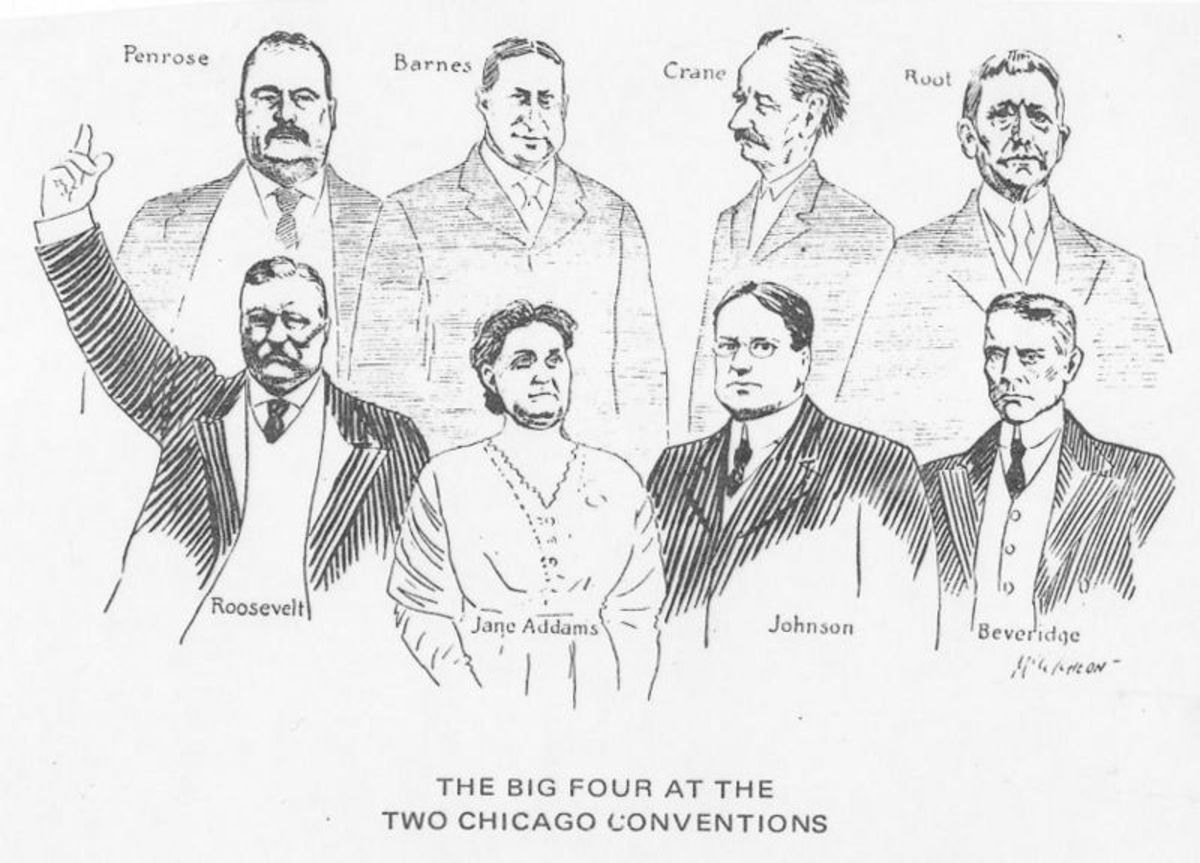The causes of war
We Are Right (WAR): The causes of war
War in its many forms has been one of the most prolific takers of human life in our entire history. It is only conclusively eclipsed by disease when considering the total sum of deaths experienced on this planet. I will discuss the causes of war by focusing on three commonly accepted influences that lead to war: Human nature, state characteristics and global conditions.
In order to discuss war we must first define it. War can be defined as “a condition arising within states (civil war) or between states (interstate war) when actors use violent means to destroy opponents or coerce them into submission” (Kegley and Blanton 2010, p.231). In the contemporary world this definition is incomplete.
War can also exist between states and non-state actors i.e. the global war on terrorism and the war on drugs. It can also occur without the use of violence i.e. cyber war, economic war, price war. Wars can even occur between two groups of non-state actors or individuals i.e. underworld wars, gang wars and corporate wars. It is the opinion of this author that ultimately ‘war is competition between two entities of opposing agendas’. In this article (the first of a series) we will focus on the general accepted definition that war involves politically inspired entities and violence. I will argue the thesis that there is no single cause of war, rather its outbreak is influenced by numerous complicated variable characteristics, behaviours and conditions.
Realists in particular argue war is a predetermined product of human nature. Greed, pride, passion, anger and fear, are often mentioned when considering war and human nature. Realists suggest that violence is an instinctive part of our behaviour predisposed in our biological framework (Kegley and Blanton 2010, p.253). This argument is based on evolutionary psychology. Many cite Charles Darwin’s theory of evolution and the point that man’s advantage has been attained by fighting for his survival (Marshall 1916, p.265). Classical realists like Thucydides pioneered this view stating “people are motivated by calculations of self-interest” (Rosen 2004, p.1). These theories assert the strong or fittest will take what they can when they need to survive by force, because it is in their self-interest. Resource competition is a prime example of this on a global political level.
This idea that violence is embedded into our behavioural framework is often criticized because it cannot adequately explain why it does not apply to all people at all times and, there are variations in periods of war and peace. Morality, self-control and sympathy in addition to our social aspects that promote collective pursuits also rebut this proposition (Kegley and Blanton 2010, p.253). The reason everyone is not continuously fighting with everyone else is that we have a free will that allows us to make rational decisions.
We are social beings, we accept beliefs, values and behaviour of the groups we belong. This is why humans exhibit good behaviour toward family, friends and community but are more aggressive, competitive, and suspicious toward enemies, strangers, foreigners, or anyone too different or not well understood. Samuel Huntington’s (1993) clash of civilisations theory draws some inspiration from this idea. Inequalities of wealth, power and status intensify this dissidence generating further tensions (Andregg 1999, p.15). This alludes that when others interests, beliefs and appearance are different we experience displacement and want to fight them. The term We Are Right (WAR) comes to mind to conceptualise this philosophy, but of course, states do not automatically engage in large scale violence to suppress others that have opposing interests, beliefs or ideologies.
The internal conditions within states or groups are touted by some as an influence whether they wage war. Geography, population demographics, political systems, and ethnicity are amongst the factors that’s have an effect. In recent times the quests for freedom, sovereignty and equality have been the precursor for many civil, and sometimes interstate wars (Kegley and Blanton 2010, p.256). This has a connection with the human nature theory as humans have a sub-conscious desire to protect their freedom. Animals which lose their freedom usually do so in the jaws of death, or under extreme duress and therefore almost every animal rebels against the cage (Andregg 1999, p.29). This can be linked to human nature in that, if backed in a corner the survival instinct kicks in. All normal living entities are programmed to survive at all costs.
Nationalism and cultural intolerance are powerful catalysts for war. Supreme loyalties to the state or a dominant culture diminish critical thinking and acceptance of alternative ideas, this intensifies the- we are right phenomenon. Likewise, authoritarian systems don’t face the same democratic accountability as democratic states which can sometimes increase the likelihood of war. The now disproved democratic peace theory was seen by many as the answer (Kegley and Blanton 2010, p.221).
Economic, geopolitical and governance systems also have an impact. Countries that are in poor economic circumstance feel grievances but often lack the ability to wage war. Countries positioned amongst powerful adversaries will often arm themselves leading the neighbouring states to respond by arming themselves, which creates the ‘security dilemma’ increasing the prospect of war (Kegley and Blanton 2010, p.33).
One of the core differences between realism and neo realism is the distinction between the causes of war. Realism believes it to be rooted in human nature, neorealism however believe it arises from changes in the global system (Kegley and Blanton 2010, p.265).One of the most dominant theories in the global system framework is the power transition theory which is can be described as “war is likely when a dominant great power is threatened by the rapid growth of a rivals capabilities, which reduces the differences in their power” (Kegley and Blanton 2010, p.267). This causes the rising power to attempt to topple the dominate power for global or regional leadership, or the dominate power to pacify the rising power through force. This requires certain human traits by the leaders and internal conditions within the state to happen. Powers often monopolise the system rules and commerce; they grow week from over commitments and lose their preponderance and, under certain conditions this monopolisation becomes unacceptable for rival powers and they seek to challenge after long periods of peace, this is long cycle theory.
War is influenced by numerous complicated variable characteristics, behaviours and conditions. Here we have only been able to touch on a few, but it has become clear that there is no single cause of war or analytical framework that can explain it. Like life it requires a certain set of conditions. To spark, it requires different variables of human nature, internal conditions of the state (or group) and characteristics of the global system, to combine and seamlessly fuel each other.
It is not about the causes of war. It is about the conditions of peace. Perhaps, the secret is in the definition.
Bibliography:
Kegley,CW & Blanton,SL 2011, World Politics: Trends and Transformation, Cengage learning, Boston.
Andreg, M 1999, On the Causes of War, Ground Zero Minnesota, Minneapolis.
Rosen,SP, 2007,War and Human Nature, Princeton University Press, New Jersey.
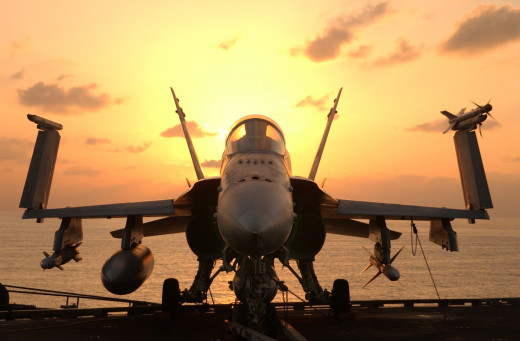
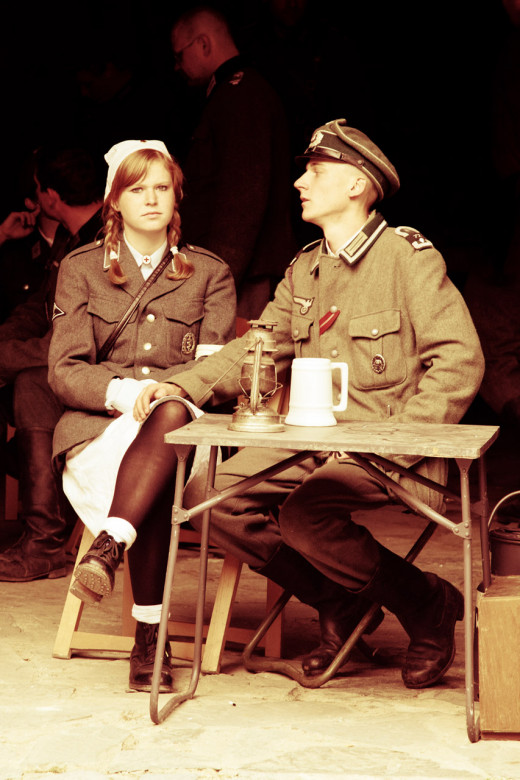
Is war in our human nature?
Liberalism
| War
| |
|---|---|---|
Realism
| Conflict
| |
Critical Thinking
| Peace
| |
